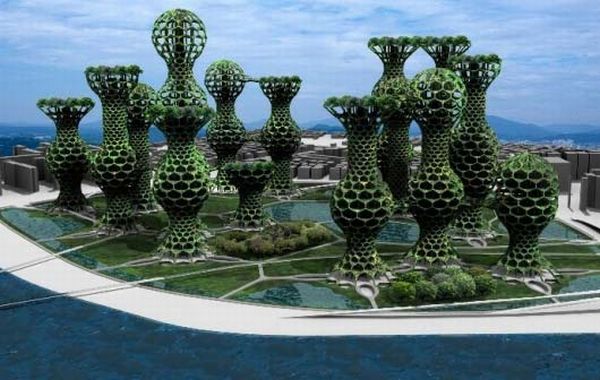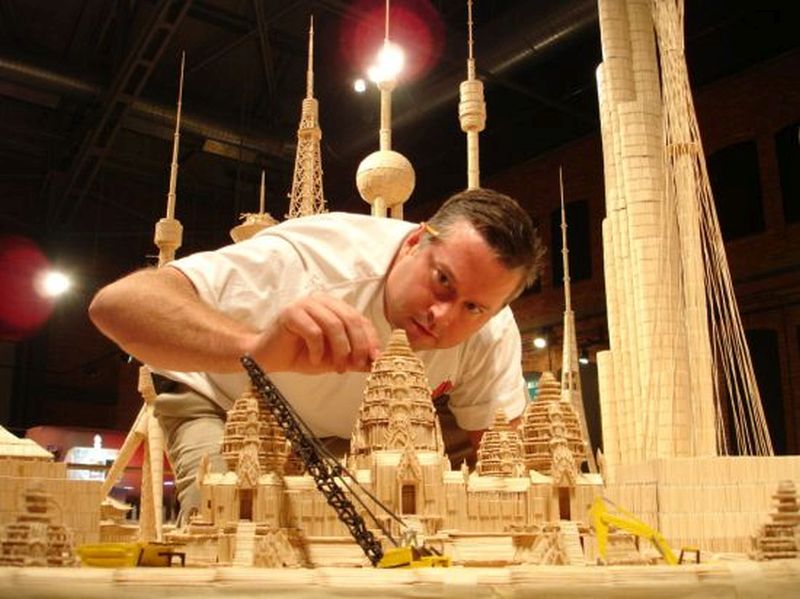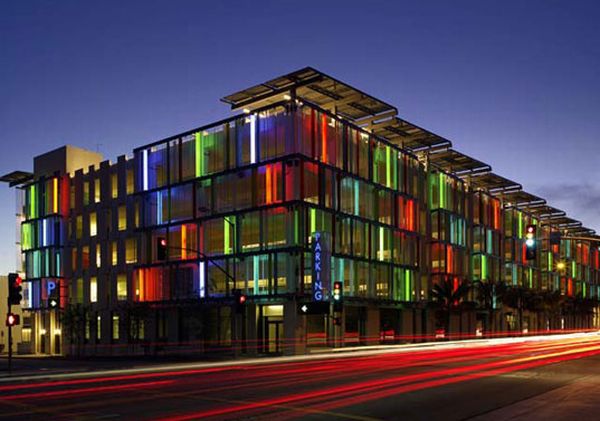
When architects use the term âgenetic architectureâ, they are not day dreaming. They mean serious business. Wikipedia, the search engine, refers to the term as âunderlying genetic basis of a phenotype trait.â
Today
For the last ten years, the world has witnessed a growing interest in bringing about an amalgamation in genotype phenotype map as a dynamical part of population genetics.
Karl Chu was one of the original pioneers who have conceptualize the idea of genetic architecture. He drew his inspiration from Mr. Frank Lloyd Wright, who resurrected the ideology of âorganic architectureâ. Chu was also impressed with the architects of the 1960s who were greatly involved in revolutionizing the world of architecture. He laid the founding stone for all the genetic architecture that we see today and the ones we will see in the near future.
Tomorrow
Architects look at it positively, though many practical thinkers still believe it is a ânear to impossibleâ project, which cannot be completed. With the congregation of bio-genetics and computation, the depth of belief residing in the master builder has only increased.
Karl Chu, the virtuoso behind the invention of the new fangled architectural firm âMetaxyâ, has been working on fresh theories and sketches in his field based on genetic paradigm.
Builders around the world have been giving the thought their best shot. The United States and Japan have been successful in their respective attempts. A case in point, Nicholas Negroponte, a US national, authored the hypothesis of a âResponsive Architectureâ, which was applied in reality in Columbiaâs âLiving Architecture Labâ and âBio mimicryâ.
The supremacy of âgenetic architectureâ cannot be under estimated. The number of advantages it offers is humongous. It would not be turn out to be that much of an exaggeration to call it the âMind Readerâ. Do not be surprised, if it conceives the need of an addressee and acts accordingly.
The inspiration
The idea of genetic architecture is inspired by recent technological changes in the field of architecture. With the demands and the taste of human beings being refurbished with time, there is a need for the hour to develop technology in the field of architecture that is ahead of our time. This inspiration had been dawned upon by Mr. Chu.
Sustainability
The credibility value for genetic architecture is humongous. It will provide as an aegis to its inhabitants. The foundation would be so strong that maintenance and post construction repairs would be of least importance. For example, the âDragon Fly â project, designed by Vincent Callebaut, will have terrains bare for cultivation in different floors. The residents of the respective buildings would work as the planters. With this unusual combination of buildings and organic farmlands, this entire set-up will be sustainable. The sketches prove to be impregnated with intelligence. The buildings are designed with such high levels of sagacity that will provide them with the ability to build themselves. The human-environment interaction will take a new hike, like never before.
The hurdles
The architects believe in their works. They have been dedicating their years to come up with this insurmountable project, which is beyond the wildest imagination of many. Indubitable, it seems highly desirous and hard balled, but the prime movers know the absolute necessity to go off-the-cuff and come up with something extra ordinary that could define a new human-environment relationship. The ad-hoc scenario of the combination of population and pollution forces the architects to develop a new project, hence genetic architecture, the project that would revolutionize not just the world of architecture but the entire world.
Is it feasible?
Genetic architecture brings along with it’s invention a couple of hedges, which cannot be given the slip. First of all, except for architects and a few cognizant people, the world is not too conscious of such a development, or even if they are, either they do not believe in it or they do not recognize its worth. Secondly, there is a requirement for huge investments. Not many people would rely on such projects to invest their money. The space of criticism is left open too. Even if such projects are built up, it is yet to be seen whether it would be popular amongst the masses and whether the people would be willing to pay the astronomical prices required for these sort of architecture to come up.




